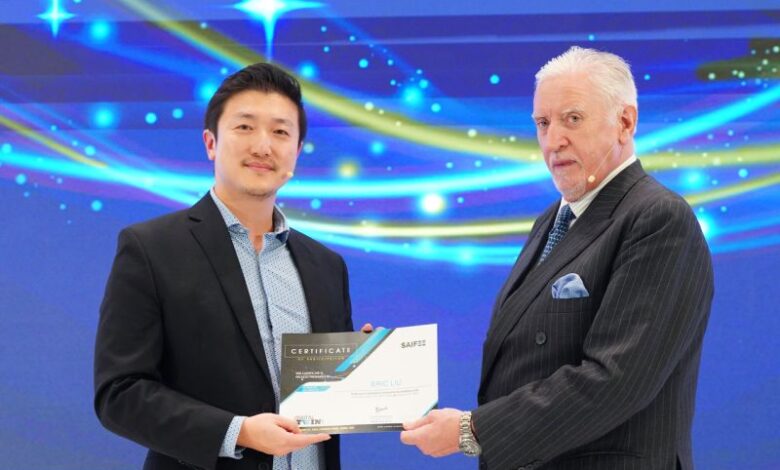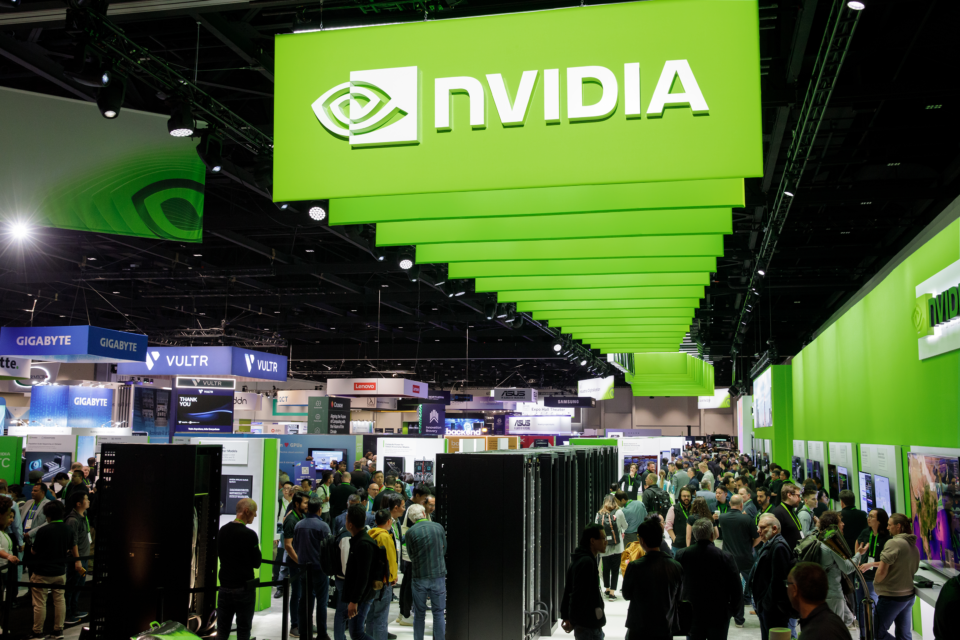
The future of AI may well be driven by culture. According to WEF, Southeast Asia (SE Asia) displays a greater interest in AI’s potential benefits than apprehension about its risks, reflecting a culture of acceptance and exploration.
This tendency to embrace the benefits of the ongoing digital revolution is reflected in the data. More than 70 percent of executives see AI as crucial to Southeast Asia’s future and point out that AI adoption needs to be accelerated.
To get an eye on what an AI-driven landscape is likely to look like, we can look at the real-time updates coming from Nvidia GTC this past week.
The annual conference, often referred to as ‘Woodstock for AI’, gave us a glimpse into the future from the global chip manufacturer that is still one of the most influential – and profitable – tech companies in the world.
Let’s dive deeper into some of the most exciting breakthrough announcements emerging from the proceedings in San Jose California and what these spell for the next chapter of AI adoption in Southeast Asia.
GTC and the rise of the omniverse in Southeast Asia
So far at the 2025 edition of Nvidia GTC we’ve heard about the world’s first open humanoid robot, Isaac GROOT N1, the latest on NVIDIA Blackwell GPU that brings a petaflop of AI power onto a single superchip, and the tease of next-gen operating system on the horizon in what is one of the most jam-packed editions of the conference to date.
However, the story wouldn’t be complete without touching on the omniverse, which featured heavily across proceedings.
Nvidia’s Omniverse is a simulation platform that allows automakers to develop and operate complex, AI-enabled virtual environments to generate synthetic data, test AV software, build digital twins of factories, and more.
This vision aligns directly with the progress seen playing out at TwinMatrix. Founded and led by Eric Liu, TwinMatrix tackles critical challenges in the rapidly urbanizing landscapes in Southeast Asia and globally where infrastructure development often struggles to keep pace with the rapid growth of cities.
These advanced map-based digital platforms unify smart data silos with geospatial layers into a conduit for real-time editing, collaboration, and inter-layer analysis. As a result, the technology is expected to help measure and reduce energy consumption, tackle decarbonization and improve urban planning by offering highly accurate simulation environments.
The company recently created a spatial twin of Singapore’s Changi Airport to improve operations and customer experience. Digital twins helped reduce energy use, improve navigation, enhance IoT management and safety, and help the airport save millions in operational costs.
Such efforts to humanize data are going to be key to a future where AI moves beyond the borders of the tech sector to be truly helpful in real world society. According to Reuters, Southeast Asian cities were among five of the most polluted in the world.
Sovereign AI Ecosystem in Southeast Asia highlighted at GTC
At GTC the CEO of Naver Cloud, Kim Yoo-won, also announced a partnership with Nvidia to build a sovereign AI ecosystem in Southeast Asia.
The collaboration is looking to establish a model for sovereign AI in the region, and has been in development since last year, with both companies recognizing the potential of sovereign AI.
Naver highlighted that the enterprise has right capabilities across a number of areas, including AI services, data, supercomputing infrastructure, and cloud, enabling it to provide customized services for nations and corporations seeking sovereign AI. Its CEO mentioned that AI must be able to address social issues, introducing the AI well-being call service ‘CLOVA Care Call’.
The initiative is particularly relevant as countries and companies seek to maintain control over their digital infrastructure. According to a statement from the company, the company is focusing on Southeast Asia due to its rapid growth and diverse technological needs.
The company was but one of the many featuring the potential of Southeast Asia at GTC. Said Matan Libis, VP of Product at SQream, who attended the conference, “We saw a strong turnout from Southeast Asian startups at GTC 2025. “It was a great reminder that the AI scene in the region is booming.”
Innovative collaborations with international companies in the region
The story of Southeast Asia’s incredible digital revolution, whose potential was highlighted at GTC, wouldn’t be complete without the support of service providers that address specific infrastructure and connectivity challenges.
For instance, mobile services are incredibly popular in the region. While using apps to book a cab or pay for dinner are available in most places worldwide, it’s the default here and some tasks can’t be completed without a mobile app.
The telecommunications sector in Thailand has been vital to the nation’s rapid growth over recent decades, supported by a high level of digital readiness and steady modernization. The mobile service market here is projected to post 3-5% annual growth in total revenue this year as operators focus on cost reduction and foreign tourists increase mobile traffic. Sim Local, which specializes in eSIM technology, also recently expanded into Thailand to ensure that millions of international visitors can remain connected and contribute to the already impressive growth of the country’s mobile service market.
As the region already relies on software apps and mobile services for a vast range of everyday tasks and activities and professional and industrial use cases, this means AI technology can scale rapidly. However, for AI to deliver benefits such as real-time analytic insights relies on vast amounts of compute processing power.
Given that $30 billion USD was committed to building AI-ready data centers across Singapore, Thailand, and Malaysia in the first half of 2024 alone, the region is one step ahead of this challenge.
Following GTC, where next for AI in Southeast Asia?
As the region continues to embrace the positives of the digital and AI-driven economy, progress can be seen in some of the most experimental application areas such as the omniverse. gt
Meanwhile, continued investments in data centers and connectivity infrastructures ensure that these concepts can scale at large.





